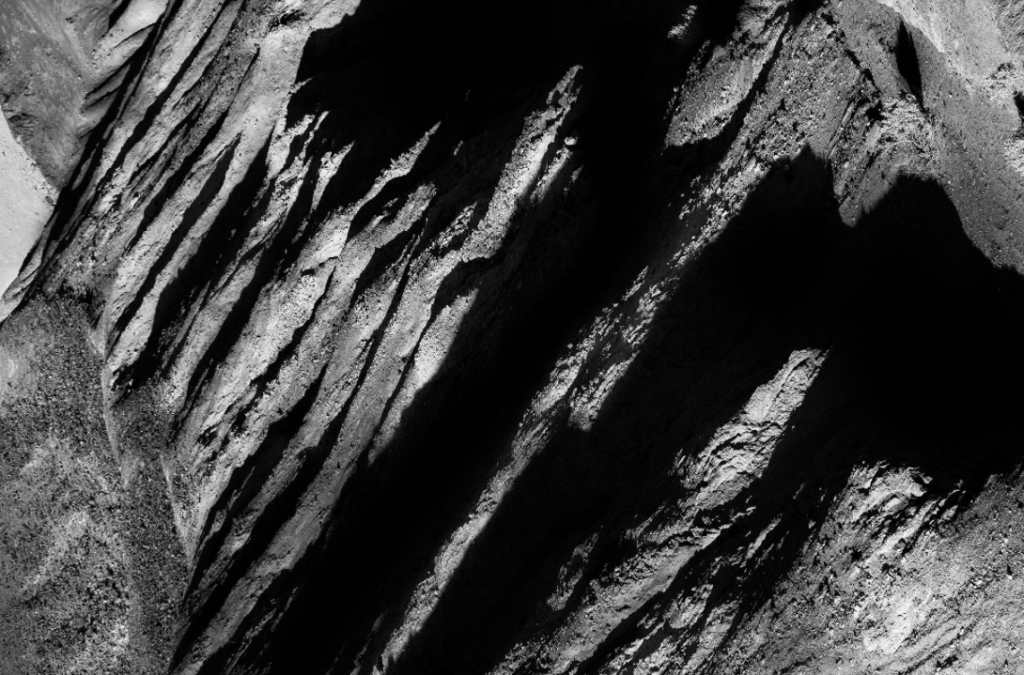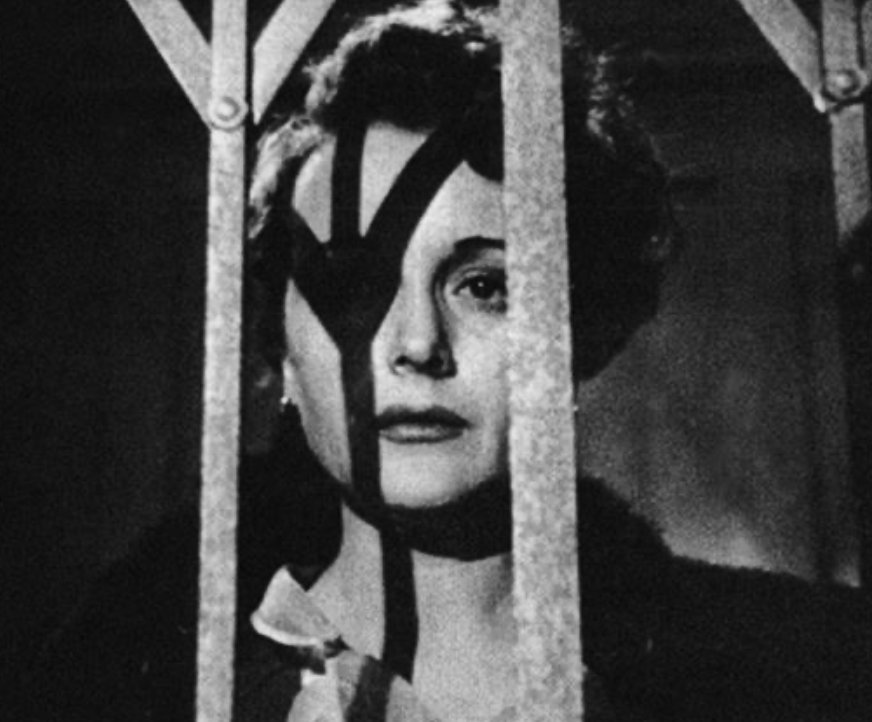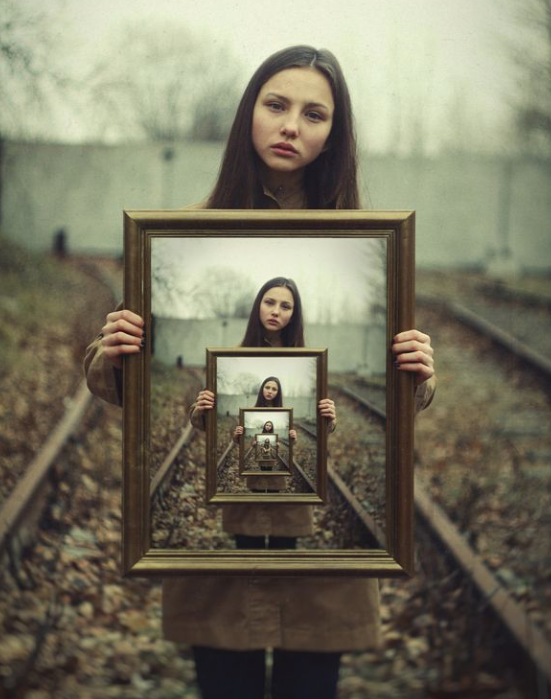What is union?
Union is the act of joining two or more things together to form a single entity. The end goal of union is to often achieve strength, harmony, or a shared purpose that may be difficult to attain individually. There are two main types of union:
- Personal union – two people may come together in marriage, representing the union of their lives and combining them into one.
- Social union – signifies mutual cooperation, where individuals or groups work together for collective benefits. Social union focuses on emphasising commonalities over differences from people who may share a similar belief, value or goal.
Symbolism of unity:
The idea of union often symbolises harmony and peace, strength through togetherness and the formation of a single entity from multiple parts.
The etymology behind union:
The word “union” comes from the Latin word “unionem” which means “oneness, unity or a single entity”.
Initially, the term “union” referred to the state of being united or combined into one. However, over time, the definition expanded to describe specific forms of unity such as political unions or labour unions. Despite this, the root idea of the word has remained consistent throughout its history, and is known as the concept of oneness and joining.
Mood board of union in photography:








Mind map of union:

Art movements & ‘isms’:
In order for me to gain a deeper understanding on the theme union, I decided to research some of the most known art movements for union throughout history. They refer to styles or trends in art that are defined by specific approaches or ideologies.
- Renaissance (14th – 17th century)
This movement focused on realism, perspective and human anatomy. Artists aimed for realistic depictions of the human form and everyday life using careful observation, as well as using light and shadow to create depth and volume in their work. Some key artists featured in the movement are Leonardo da Vinci, Michaelango and Raphael.
2. Baroque (17th – 18th century)
This movement was involved with emotional art with strong contrasts of light and shadow. It has been described as “grand” and “dramatic”. Some key artists featured in this movement are Caravaggio, Rembrandt and Peter Paul Rubens.
3. Romanticism (18th – 19th century)
This movement was focused on emphasising emotions, nature and individualism. Artists such as Fransisco Goya depicted the power and beauty of nature and often portrayed it as overwhelming or spiritual.
4. Fauvism (Early 20th century)
This movement primarily focused on bold and vibrant colours and simplified forms to convey emotions rather than to accurately represent reality. A key artist from this movement is Henri Matisse – leader of the movement.
5. Pop Art (1950s – 1970s)
Mainly celebrated popular culture, mass media and consumerism using imagery from advertising and celebrities. It aimed to blur the boundaries between “high” art and “low” culture, making art more accessible and reflective of contemporary life. Artists used bright, flat and vibrant colours to mimic the aesthetic of advertisements. The most famous artists from this movement are Andy Warhol and Roy Lichtenstein.
Other examples of isms:
I decided to research the following 3 “isms” in more depth and detail as I am most intrigued by the concepts behind them. I would like to touch on these three, as well as the isms I listed previously, in my project of union as I understand that they provide cultural and historical contexts, and they will help ground my project within a broader historical framework. I can also engage with the philosophical ideas that shaped artistic movements, which I think is an important element within this project because it will also allow the viewer of my work to think critically about how specific concepts influence artistic choices as well as cultural narratives.
Minimalism (Mid 20th century – present):



Minimalism in photography is an artistic approach that focuses on simplicity and clarity within an image. It emphasises the idea of “less is more”, and aims to create powerful imagery with minimal components such as space, colour and shapes. The ,main goal of minimalism is to evoke emotions in the image by highlighting a subject and convey a sense of tranquility. Some key principles of minimalist photography are
- simplicity – reducing visual clutter to keep the image pretty empty and only including a few key elements.
- negative space – helps isolate the subject which enhances its visual impact.
- use of lines and geometry – the use of clean and geometric lines add a structure to the image and excentuate the minimalist aesthetic.
Some famous minimalist photographers:
- Michael Kenna – known for his minimalist black and white landscapes with haunting compositions that create a strong contrast and add a dramatic mood to his work.
- Edward Weston – captured organic forms and natural objects in a minimalist style with dull settings in order to emphasise the objects.
- Fan Ho – celebrated for geometric urban photography in Hong Kong.
Expressionism (Early 20th century – present):



Expressionism is an artistic movement in photography where the photographer seeks to convey emotional experiences and subjective perceptions rather than depicting objective reality. Rooted in the broader Expressionist art movement in the early 20th century, this approach focuses on using photography as a medium to express mood, intensity and personal interpretation for the viewer to engage with. The origin of expressionism emerged in Germany in the 1900s, influencing the art and literature in response to rapid urbanisation and the anxieties of modern life. It aims to emphasise personal and emotional depth by manipulating light, composition and perspective.
Some key characteristics of expressionist photography are listed below:
- emotional intensity – artists convey loneliness and existential fear through their images
- experimental techniques – double exposure, photomontage and unconventional cropping enhance emotional depth as well as ambiguity
- symbolism and metaphor – expressionist photography often uses things like broken mirrors, decaying structures or dark landscapes to represent their personal psychological states.
Conceptualism (1960s – present):



Conceptualism in photography is where the idea behind the photograph takes precedence over its aesthetic. In this specific style, the photograph by the artist will serve as a means of conveying an intellectual message, rather than being an aesthetically pleasing image. This concept challenges traditional notions of representation, instead, it focuses on how thoughts and feelings are communicated to the viewer through the image.
Some core ideas of conceptual photography:
- The meaning or emotions behind the image outweigh the visual appliance – encouraging the viewer to interact with with the image deeper
- Photographers often use symbolism or staged scenes to express abstract ideas or emotions
- The process of creating the photograph is often just as significant as the final image itself
